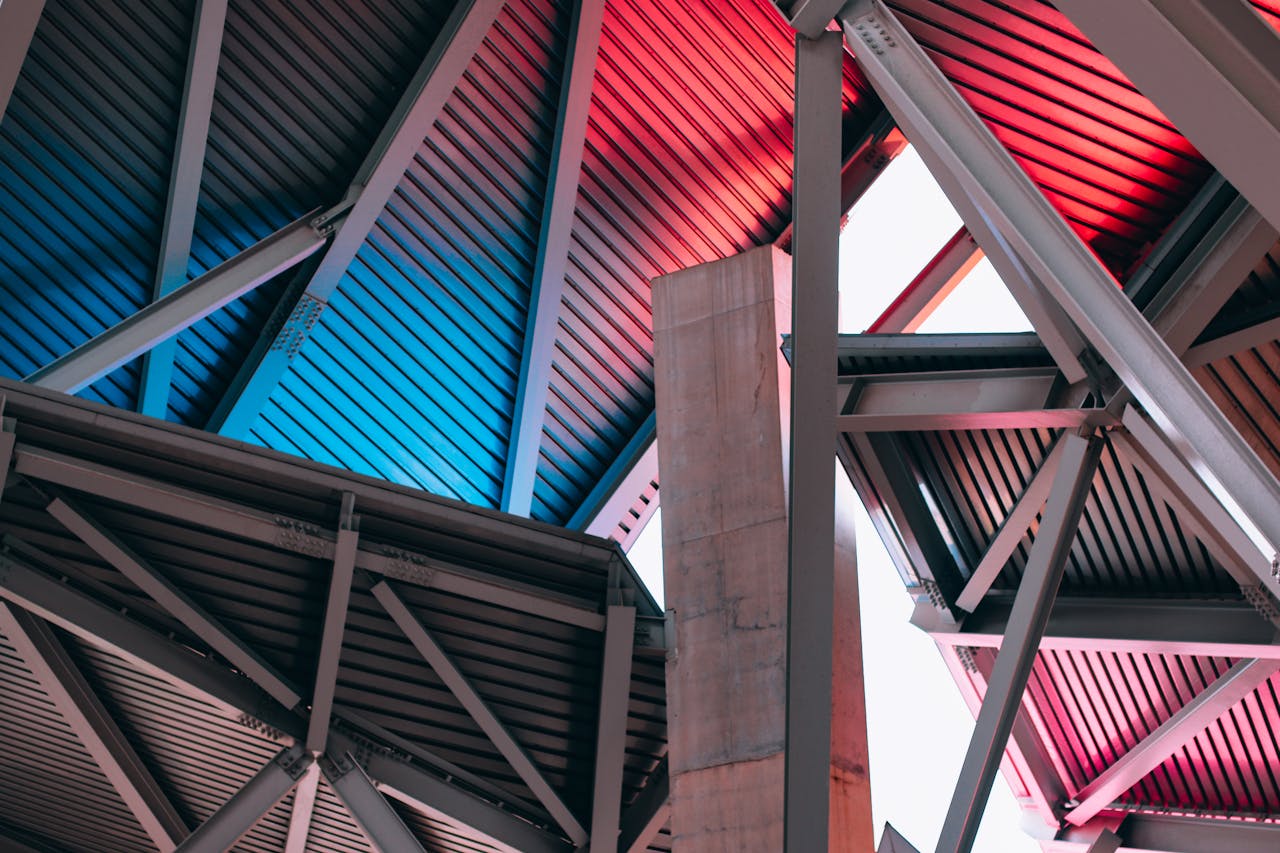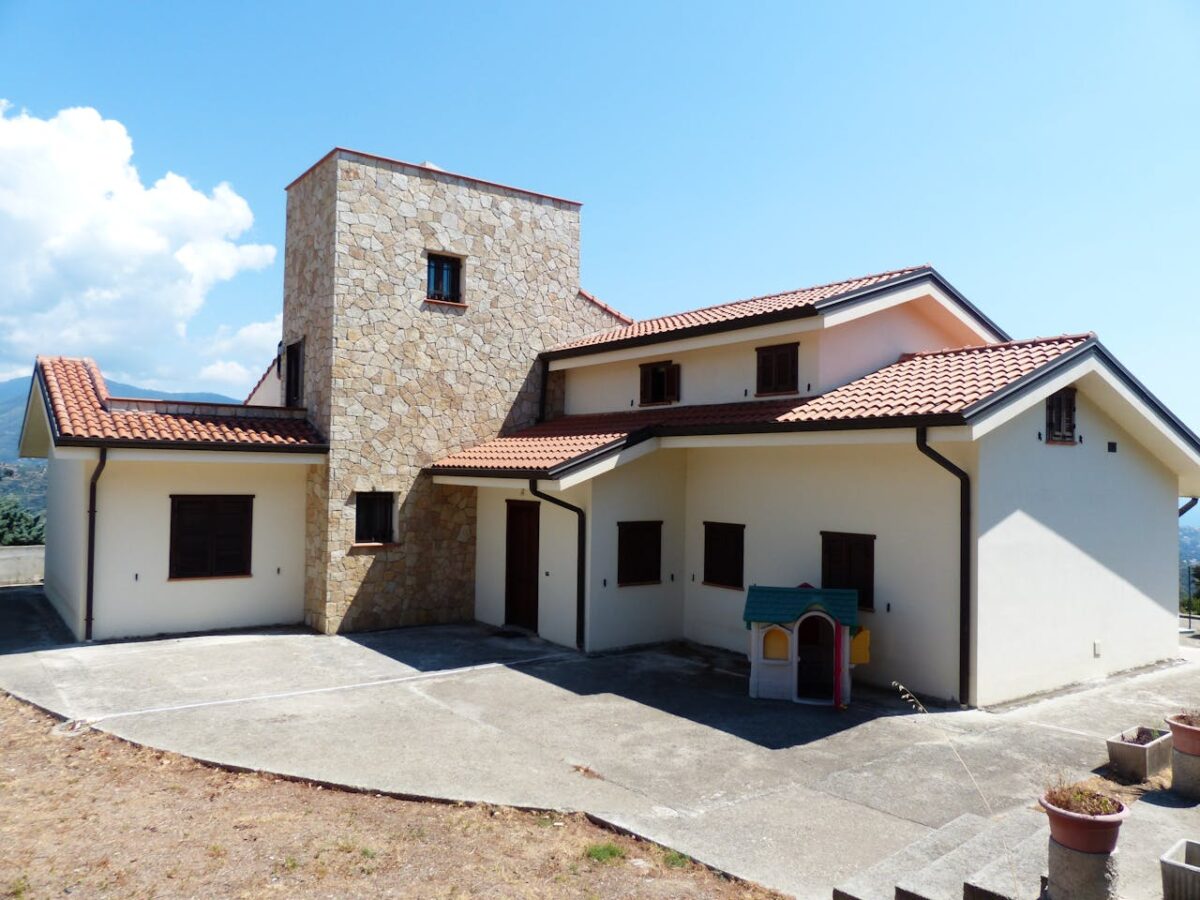A roof is a major investment and homeowners want to make sure that it will last. Choosing the right materials for your roof and regular inspections can help it to reach its full lifespan.
Major catastrophes and weather events like severe hail storms or a house fire can shorten the lifespan of any roof. However, with high-quality roofing materials and expert installation, a roof can last for decades.
Asphalt Shingles
The lifespan of your roof primarily depends on the quality of materials and workmanship. Other factors that play a role include the climate and weather conditions in your area, the slope of your roof, attic ventilation, and more. When it comes to asphalt shingle roofs, they typically last close to twenty years but can easily last more than that if you maintain them properly.
There are several types of shingles that can be used on your home, including three-tab asphalt shingles, architectural shingles, and dimensional shingles. Three-tab shingles are the most affordable and generally last 10-15 years in good conditions. These shingles are made of a fiberglass base with mineral granules that help reflect and disperse sunlight and keep water out. The life expectancy of these shingles can be greatly improved by ensuring that the granules are not removed from the surface and that there is a good amount of attic ventilation.
Architectural and dimensional shingles are made from thicker and more durable materials than 3-tab shingles. These shingles provide a more layered look to your roof and can last for up to 30 or 50 years depending on the type you choose. These shingles have an asphalt underside that activates when it’s hot and seals the roofing material in place, providing additional protection against water. In addition to their durability, these shingles offer added curb appeal to your home and can be found in many colors that compliment other roofing materials.
Metal roofs can also last for up to 50 years, but the longevity of your metal roof depends on the thickness of the metal and material type. Thinner metals like aluminum tend to wear out faster than steel and copper, and they may be susceptible to dents from falling tree limbs and hail. Choosing a higher-gauge metal can improve the longevity of your metal roof and prevent dents.
While the overall life expectancy of your roof is important, you should always be prepared to replace it before it’s damaged beyond repair or worn out. The most common signs that you need a new roof include leaks, damage caused by heavy storms and fallen tree branches, missing shingles, and deteriorating shingles. When your roof is in need of a replacement, you should contact a professional roofer as soon as possible to avoid any further damage to your home.
Metal Roofs
A metal roof can last for more than 60 years, if properly maintained. This is a longer lifespan than many other types of roofing, especially asphalt shingle roofs. However, the lifespan of a metal roof also depends on the type of metal and the climate. For example, a copper or zinc metal roof is corrosion-resistant and will last longer in coastal areas. Steel and aluminum can rust over time, so homeowners need to check on their roofs regularly for any signs of rust or damage.
The best way to maximize the lifespan of a metal roof is to install it with a coating that protects the surface. Sheffield Metals offers a wide range of coatings to help keep your roof in good condition. For instance, we offer an ENERGY STAR® qualified roof coating that can reduce your home’s energy usage by reflecting the sun’s heat. This coating is available in a number of different colors, including gray and green, to match the look of your house.
Another option for keeping your metal roof in good condition is to install a rubber or rubber-like membrane. These membranes are designed to help seal the metal and keep water, snow, and ice from damaging the roof surface. Additionally, these membranes can also help reduce sound infiltration.
If you’re looking to add a beautiful and durable roof to your home, a tile roof is an excellent choice. This type of roof is visually appealing and can last up to 100 years, depending on the material and installation quality.
If you want to install a tile roof, we recommend choosing one with a clay or concrete mix. This type of roof is more resistant to fire than other tile options, and it can withstand severe weather conditions like hail or high winds. Additionally, a clay or concrete tile roof is more likely to resist mold and mildew growth.

Tile Roofs
Tile roofs are an increasingly popular roofing choice because of their longevity and beauty. In fact, they can often last up to 100 years or more when properly installed and maintained. This lifespan is far longer than the lifespan of asphalt shingle roofs and is comparable to metal roofs. This longevity also makes tile roofs a great option for homeowners who want to reduce the number of times they need to replace their roof.
One of the most common types of tile is clay. This type of tile has been used for centuries to help protect buildings against the elements in areas like China and the Middle East. Clay tiles are highly durable and can withstand severe weather conditions including high winds, heavy snowfall, and flooding.
Other common types of tile roofs include concrete and slate. Both concrete and slate are non-combustible, making them safer for homes during fires. This durability and longevity make tile roofs a great choice for areas that experience extreme temperatures, such as Florida.
The average lifespan of a tile roof is 40 to 50 years. However, a well-maintained roof can easily last double that amount under the right conditions. Keeping up with maintenance tasks like cleaning, clearing debris, and re-coating are important for maintaining a tile roof’s longevity. It’s also helpful to remove any signs of mold, mildew, or algae growth and have them repaired as soon as possible.
Another factor that influences how long a tile roof will last is the environmental conditions in your area. Hail, high wind speeds, ice, and fallen branches can all damage tile roofs and shorten their lifespan. Regular inspections can identify these issues early on and allow you to repair them promptly before the damage worsens.
Although the life expectancy of a tile roof is significantly longer than other roofing materials, it’s still important to keep in mind that all roofs will eventually need to be replaced. Whether it’s because of extensive damage from a natural disaster, poor installation, or simply reaching the end of their lifespan, every roof will need to be replaced at some point.
Wood Roofs
Cedar shakes and shingles are an eco-friendly alternative to traditional asphalt shingle roofs. They are made from renewable resources and are fully recyclable at the end of their lifespan. They are also energy efficient and have a natural layer of insulation that keeps homes cool in summer and warm in winter.
Wood shingle and shake roofs are durable in all kinds of weather, from hurricanes to heavy rain and wind. They are able to contract and expand with temperature changes, which makes them more flexible than other roofing materials. They are also rated to withstand impacts like hail without significant damage, according to Roof Hippie.
The longevity of a cedar shake or shingle roof depends on the quality and maintenance of the roof, along with environmental factors. Cedar deteriorates more quickly than other types of roofing if it is not treated or coated with a waterproofing sealant. In addition, a cedar roof located in a region with humid and hot summers that turn to cold and icy winters can speed up deterioration. Organic infestations like fungus or moss can also eat away at the shakes or shingles, shortening their lifespan.
Untreated wooden roofs have a poor fire safety rating, and are prohibited in some jurisdictions due to the high risk of wildfires. They require more frequent and expensive maintenance than other roofing options, including treating them with flame-retardant chemicals. They are also more prone to mold, mildew, rot and insect infestations than other types of roofing. Wooden roofs are also more susceptible to aging and changing color, which can be a problem for homeowners who want a uniform look.
Wood shingles and shakes are made from western red cedar, cypress, pine, spruce or fir trees. They are kiln-dried and pressure-treated to remove moisture, reduce their susceptibility to insects, fungus, mold and rot and help them last longer. They also come in a variety of widths, thicknesses and patterns to enhance the beauty of the home. They can also be stained or painted to match the surrounding exterior and blend in with the architecture of a building.
